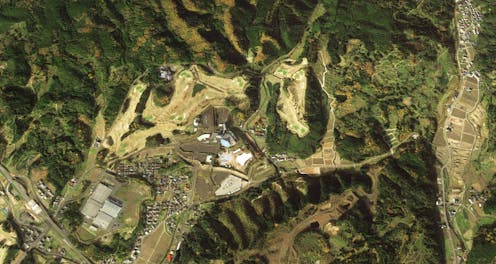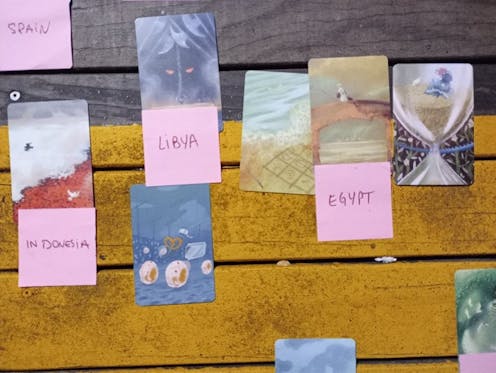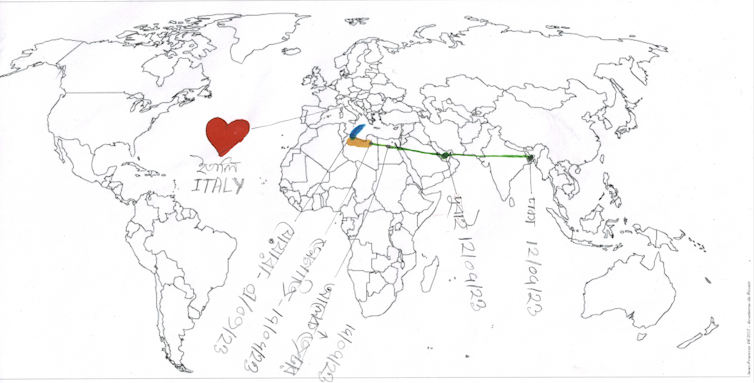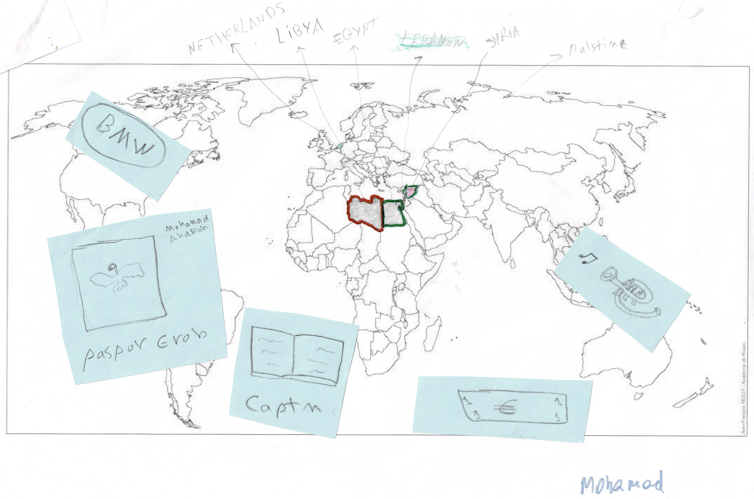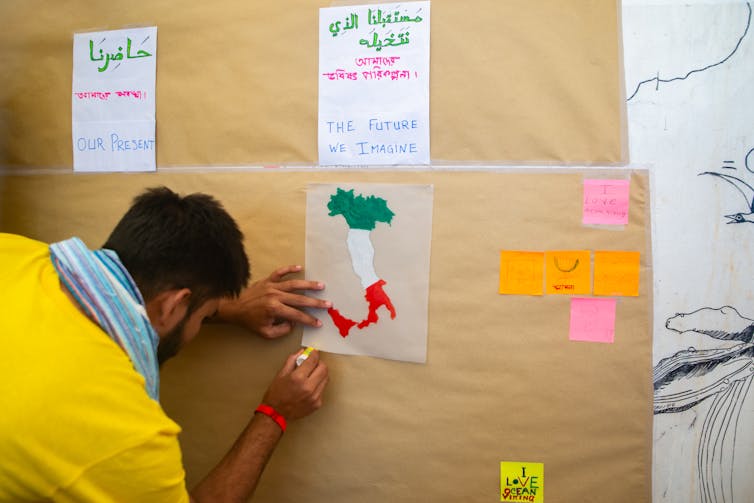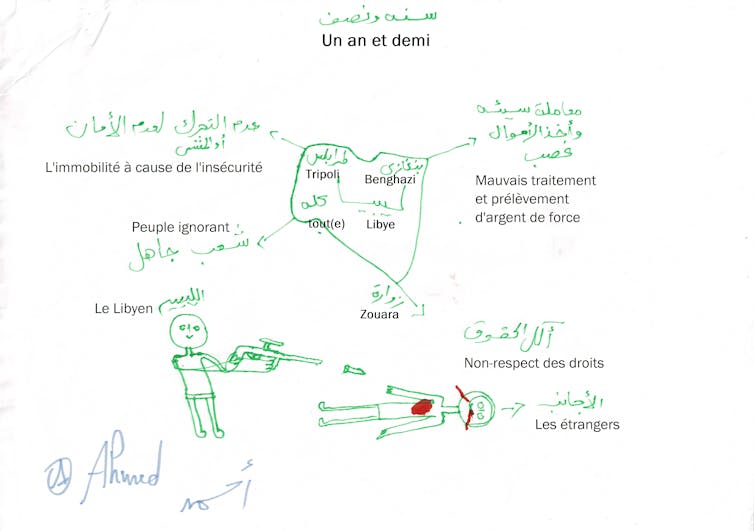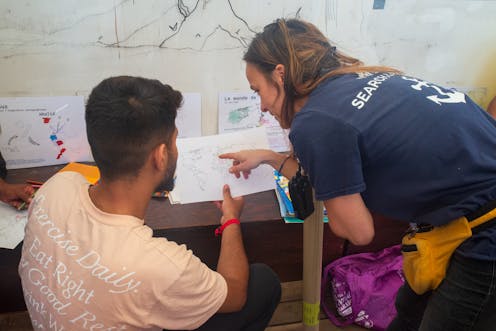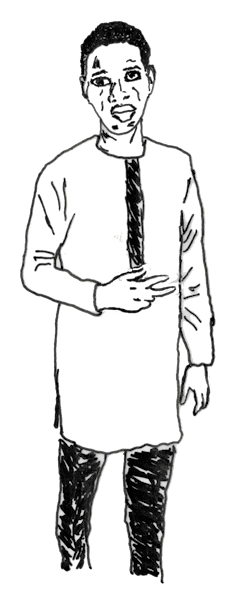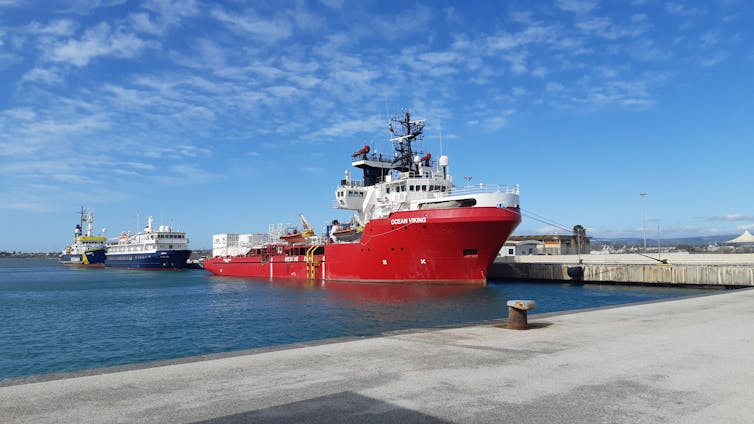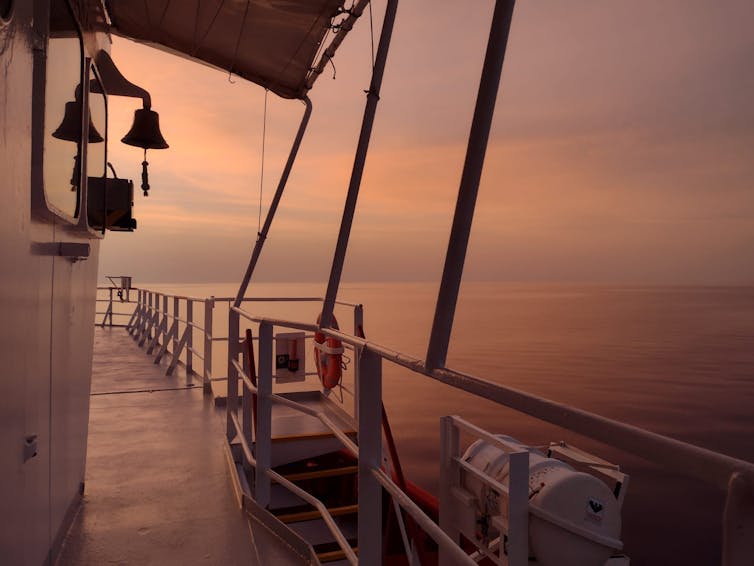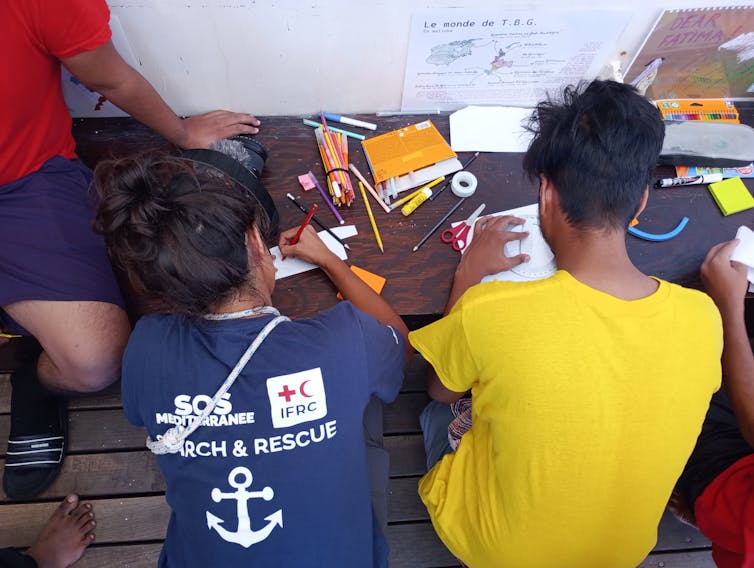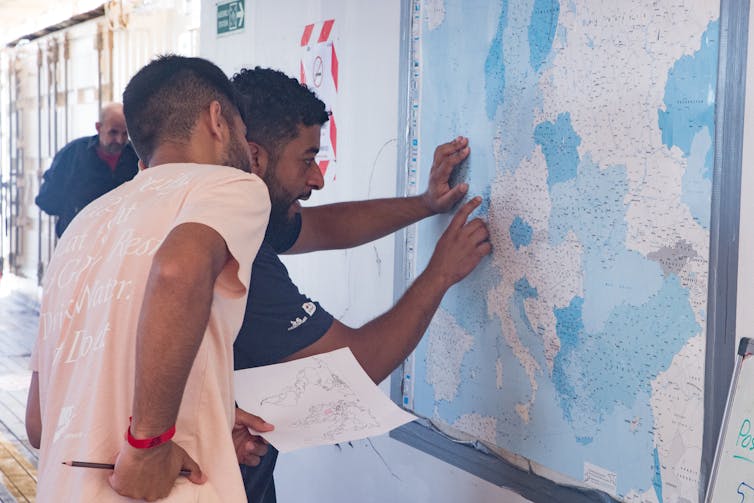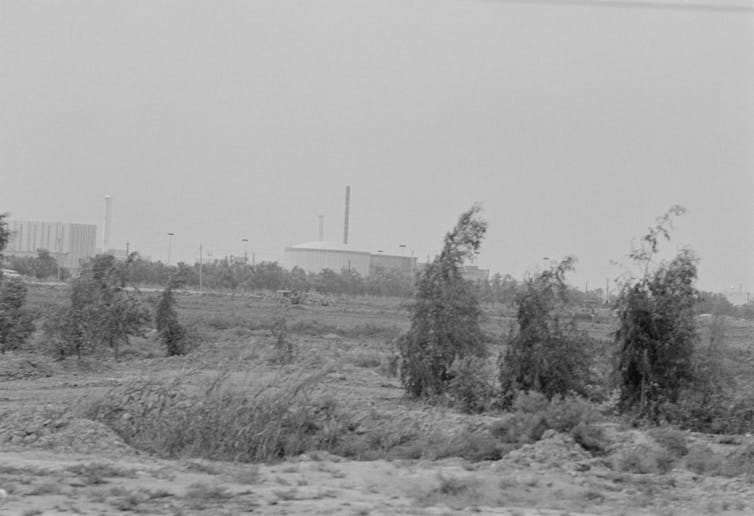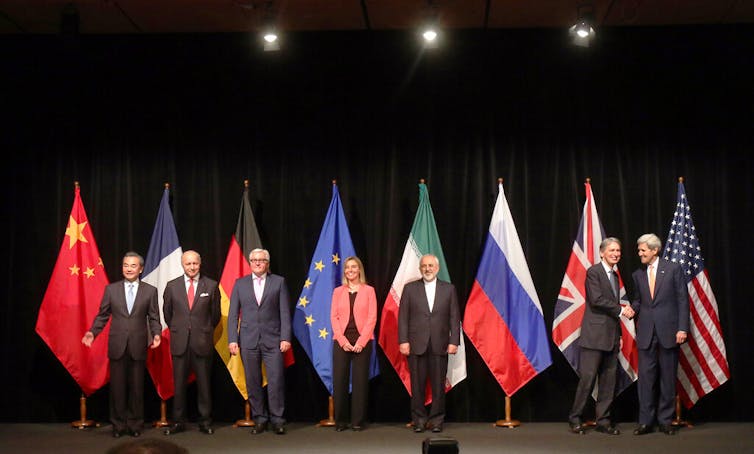Source: The Conversation – USA – By Jesse Rhodes, Associate Professor of Political Science, UMass Amherst

A decade ago, Donald Trump descended the golden escalator at Trump Tower in New York City and ignited a political movement that has reshaped American politics. In a memorable turn of phrase, Trump promised supporters of his 2016 presidential campaign that “we are going to make our country great again.”
Since then, the Make America Great Again movement has dominated the U.S. political conversation, reshaped the Republican Party and become a lucrative brand adorning hats, T-shirts and bumper stickers.
When asked what MAGA means to him, Trump, in a 2017 interview with The Washington Post said, “To me, it meant jobs. It meant industry, and meant military strength. It meant taking care of our veterans. It meant so much.”
But Democratic leaders have a different interpretation of the slogan.
Former President Bill Clinton in 2016 said of MAGA: “That message where ‘I’ll give you America great again’ is if you’re a white Southerner, you know exactly what it means, don’t you? What it means is ‘I’ll give you an economy you had 50 years ago, and I’ll move you back up on the social totem pole and other people down.”
While MAGA is ubiquitous, little is known about what it means to the American public. Ten years on, what do Americans think when they hear or read this phrase?
Based on the analysis of Americans’ explanations of what “Make America Great Again” means to them, we found evidence suggesting that the public’s views of MAGA mirror the perspectives offered by both Trump and Clinton.
Republicans interpret this phrase as a call for the renewal of the U.S. economy and military might, as well as a return to “traditional” values, especially those relating to gender roles and gender identities. Democrats, we found, view MAGA as a call for a return to white supremacy and growing authoritarianism.

Christopher Gregory/Getty Images
What MAGA means
We are political scientists who use public opinion polls to study the role of partisanship in American politics. To better understand American views about MAGA, in April 2025 we asked 1,000 respondents in a nationally representative online survey to briefly write what “Make America Great Again” meant to them.
The survey question was open-ended, allowing respondents to define this phrase in any way they saw fit. We used AI-based thematic analysis and qualitative reading of the responses to better understand how Democrats and Republicans define the slogan.
For our AI-based thematic analysis, we instructed ChatGPT to provide three overarching themes most touched upon by Democratic and Republican respondents. This approach follows recent research demonstrating that, when properly instructed, ChatGPT reliably identifies broad themes in collections of texts.
Republican interpretation of MAGA
Our analysis shows that Republicans view the slogan as representing the “American dream.” In part, MAGA is about restoring the nation’s pride and economic strength. Reflecting these themes, one Republican respondent wrote that MAGA means “encouraging manufacturers to hire Americans and strengthen the economy. Making the USA self-sufficient as it once was.”
MAGA is also closely related among Republicans with an “America First” policy. This is partly about having a strong military – a common theme among Republican respondents – and “making America the superpower” again, one respondent wrote.
Republicans also wrote that putting America first means emphasizing strict enforcement of immigration laws against “illegals” and cutting off foreign aid. For example, one Republican respondent said that MAGA meant “stopping illegals at the border, ending freebies for illegals, adding more police and building a strong military.”
Finally, Republicans see the slogan as calling for a return to “traditional” values. They expressed a strong desire to reverse cultural shifts that Republican respondents perceive as a threat.
As one Republican put it, MAGA “means going back to where men would join the military, women were home raising healthy minded children and it was easy to be successful, the crime rate was extremely low and it used to be safe for kids to hang out on the streets with other kids and even walk themselves places.”
Another Republican made the connection between MAGA and traditional gender roles even more explicit, highlighting the link between MAGA and opposition to transgender rights: “MAGA people know there are only 2 sexes and a man can never be a woman. If you believe otherwise you are destroying AMERICA.”
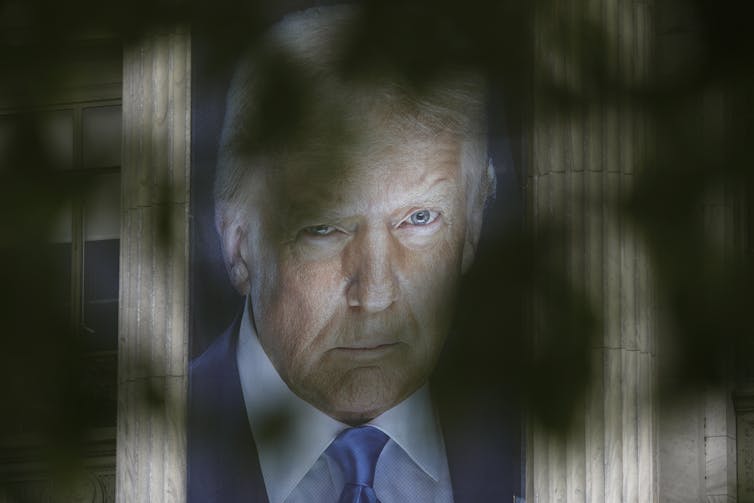
Kevin Carter/Getty Images
Democratic MAGA views
Democrats have a very different understanding of the MAGA slogan. Many Democrats view MAGA as a white supremacist movement designed to protect the status of white people and undermine the civil rights of marginalized groups.
One Democrat argued that “‘Make America Great Again’ is a standard borne by people who’ve seen a decrease in the potency of their privilege (see: cisgendered white men) and wish to see their privilege restored or strengthened. In essence, it’s a chant for all racist, fascist and otherwise bigoted actors to unite under.”
Another Democrat wrote that MAGA was a call to “take us backwards as a society in regards to women’s, minority’s, and LGBTQ people’s rights … It would take us to a time when only White men ruled.”
Democrats also view MAGA as a form of nostalgia for a heavily mythologized past. Many Democratic respondents described the past longed for by Republicans as a “myth” or “fairytale.” Others argued that this mythologized past, though appealing on the surface, was repressive for many Americans.
One Democrat said that MAGA meant “returning America to a fantasy version of the past with the goal of advancing the success of white, straight, wealthy men by any means necessary and almost always to the detriment of other segments of the population.”
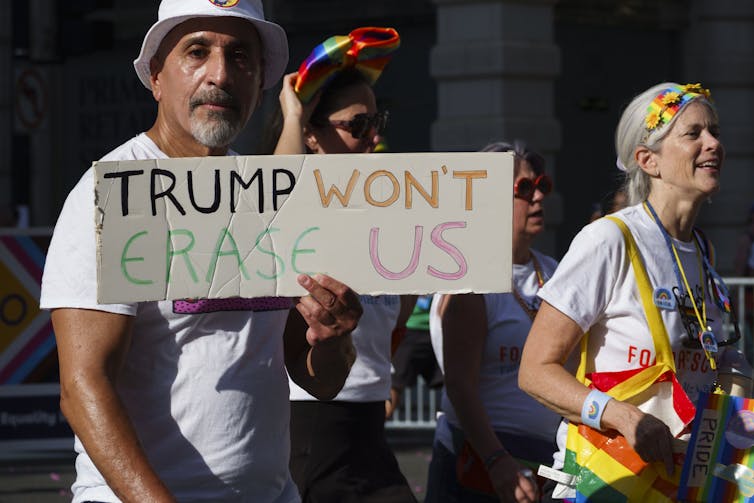
Kevin Carter/Getty Images
Finally, many Democrats interpret the slogan as reflecting an authoritarian cult of personality. In this vein, a Democratic respondent said of MAGA, “It’s a call to arms for MAGA cult members, who believe that Trump and the Republicans party will somehow improve their lives by targeting people and policies they don’t like, even when it is against their best interests and any rational thought process.”
While some Republicans expressed racist, xenophobic or anti-trans sentiments in their understanding of MAGA, some Democrats revealed outright condescension toward MAGA believers.
“The MAGA’s are brainwashed, idiotic members of society who know nothing more than to follow the lead of an idiotic president who has the vocabulary of a 3rd grader,” one Democrat wrote. “It is nonsense idiots parrot,” another respondent said.
In all, in the 10 years since Donald Trump burst onto the political scene, much has been written about the conflicting visions of past, present and future at the heart of America’s partisan divisions.
With the Trump administration’s proclaimed commitment to return the U.S. to its “golden age” and a strong resistance to his efforts, only time will tell which vision of America will prevail.
![]()
Jesse Rhodes has received funding from the National Science Foundation, the Spencer Foundation, and Demos. He is a member of the American Civil Liberties Union.
Douglas Rice has received funding from the National Science Foundation.
Adam Eichen, Gregory Wall, and Tatishe Nteta do not work for, consult, own shares in or receive funding from any company or organization that would benefit from this article, and have disclosed no relevant affiliations beyond their academic appointment.
– ref. What MAGA means to Americans – https://theconversation.com/what-maga-means-to-americans-259241

